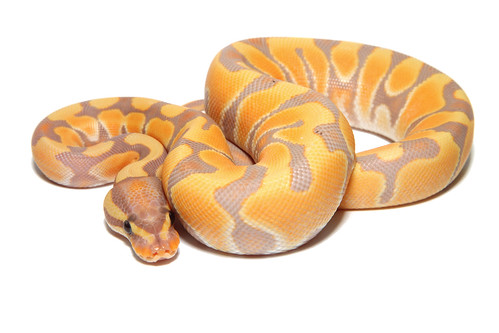The first forays that man ever made into making science into art undoubtedly came from breeding animals. We wanted animals that not only served a practical function, but looked aesthetically-pleasing and were docile around humans. (If you have read any articles on the silver fox project in Russia, then you already know that aesthetics and temperament are related.) Some animals, like koi and Chihuahuas, really have no function other than aesthetics. If you want Bio-Art that you can easily do at home, pick an animal and breed it for something specific.
Scientists frequently experiment with breeding as an art form. For example, Christopher Ebener and Uli Winters selectively bred mice for one purpose: To chew through electric wires. They called their project BYTE.
The idea of the project was simple: Pick the mice most likely to tear through wires, then breed them so that their offspring would be even more prone to doing so. They would be conditioned via a Skinner box system to be given food whenever they chewed through cables. The project was installed at Ars Electronica in 1989. Yes, people paid to see mice chew through electronic cables.
Alas, there is not much information on the fate of the piece since then. It is difficult to find out if these mice are any different from regular lab rodents in any way aside from their tendency to chew on wires. With experiments like the silver fox project in Russia, there were definite physical changes alongside the increased docility of the foxes. There are no such reports from BYTE.
Although BYTE is not as questionable as, say, Cloaca, it still makes one wonder what art really is and if this actually qualifies. More importantly, however, the BYTE mice are a fine tribute to how nature can adapt. If these mice got loose, they would cause goodness knows how much damage. Mice and snakes will be around on this planet long after humanity is gone, especially if they can chew through wires.They would be like a mix of Pinky and the Brain and gremlins.
Actually, that's not a bad idea. FUND IT.
 |
| Even if you have no idea how inbred ball pythons are, they ARE good examples of home breeding projects. |
Scientists frequently experiment with breeding as an art form. For example, Christopher Ebener and Uli Winters selectively bred mice for one purpose: To chew through electric wires. They called their project BYTE.
The idea of the project was simple: Pick the mice most likely to tear through wires, then breed them so that their offspring would be even more prone to doing so. They would be conditioned via a Skinner box system to be given food whenever they chewed through cables. The project was installed at Ars Electronica in 1989. Yes, people paid to see mice chew through electronic cables.
 |
| Same thing we do every night, Pinky... |
Alas, there is not much information on the fate of the piece since then. It is difficult to find out if these mice are any different from regular lab rodents in any way aside from their tendency to chew on wires. With experiments like the silver fox project in Russia, there were definite physical changes alongside the increased docility of the foxes. There are no such reports from BYTE.
Although BYTE is not as questionable as, say, Cloaca, it still makes one wonder what art really is and if this actually qualifies. More importantly, however, the BYTE mice are a fine tribute to how nature can adapt. If these mice got loose, they would cause goodness knows how much damage. Mice and snakes will be around on this planet long after humanity is gone, especially if they can chew through wires.They would be like a mix of Pinky and the Brain and gremlins.
Actually, that's not a bad idea. FUND IT.



No comments:
Post a Comment